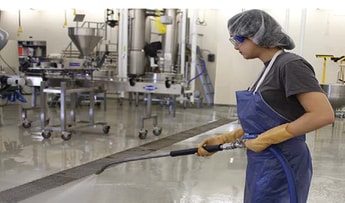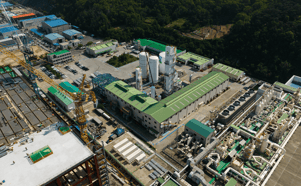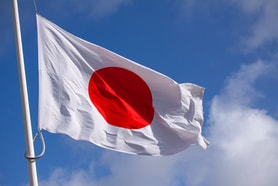Sav(O3)ring Summer
Thoughts of summer conjure images of beaches, ball parks, barbeques, and all the great foods that accompany these happy times. What most of us don’t think about, thankfully, is food borne illness, bacteria, and micro organisms lurking on watermelon, corn on the cob, or the peppers and mushrooms in the grilled shish kebabs. We have regulations and standards in place surrounding the processing and handling of foods that enable us to enjoy our meals.
One of the methods for achieving these standards—sanitizing with ozone—has been gaining in popularity, particularly as the use of harsh chemicals used in food and water disinfection, such as chlorine, come under increased scrutiny. And as the use of ozone (O3) to disinfect and clean both the produce and the machinery that processes it gains market share, its cost decreases.
Ozone Use in Food Applications
Ozone, in either its liquid or gaseous form, is a safe and sustainable sanitizer and disinfectant for foods and food processing when used correctly for these purposes. It is basically energized oxygen that eventually reverts back to oxygen. Since it is chemical-free it does not require rinsing when used on food or on food contact and non-food contact surfaces. During food processing, ozone can be used as a continuous antimicrobial spray, while at the same time sanitizing surfaces such as conveyor belts. According to Del Ozone (www.delozone.com), a San Luis Obispo, CA manufacturer and distributor of ozone systems, using ozone this way results in extremely clean process lines and extended run times, significantly reducing downtime for cleaning and sanitizing.
Ozone as a disinfectant has been around for a long time. According to the “Executive Overview of Ozone Sanitation in the Food Industry,” at www.ozonetechnologiesgroup. com, ozone was recognized as a disinfectant for water as early as 1886 and has been used in Europe for over 100 years to treat drinking water and as a sanitation agent. Unlike chlorine, which is used for the same purposes, ozone does not produce carcinogens when used in food or water preparations. When chlorine reacts with the organic matter in water, by-products, such as trilalomethanes, are produced: these are considered carcinogens in drinking water and their levels are strictly regulated by the US Environmental Protection Agency (EPA).
... to continue reading you must be subscribed























